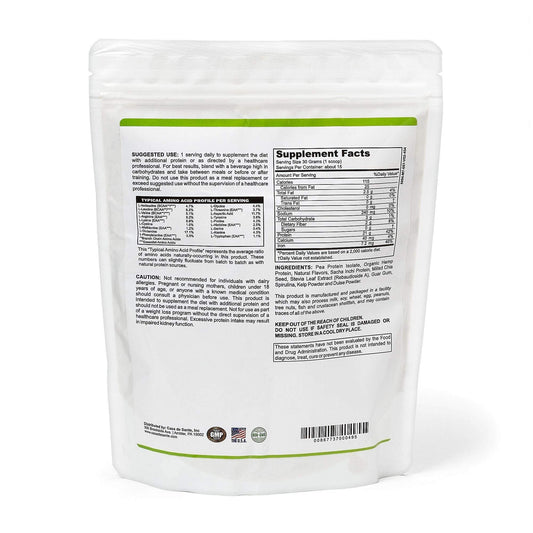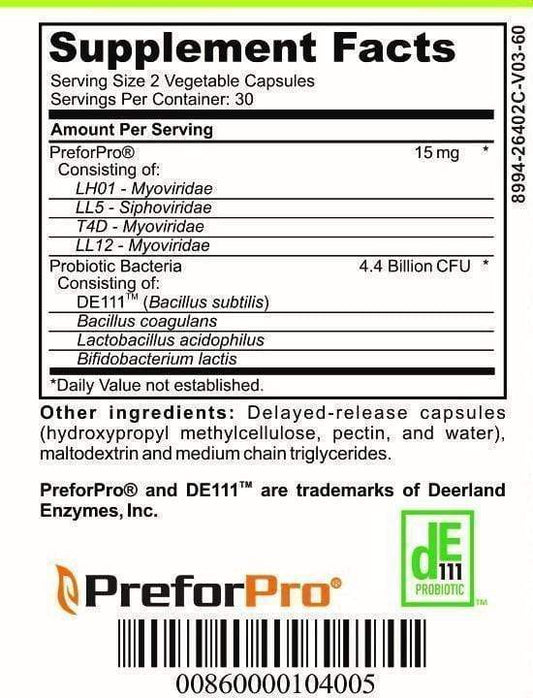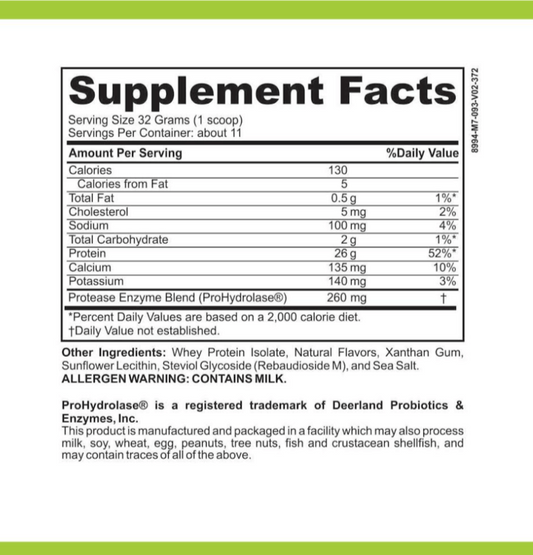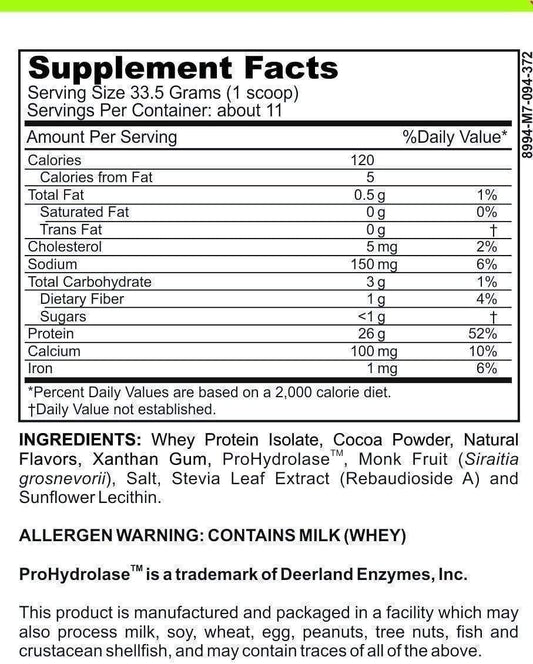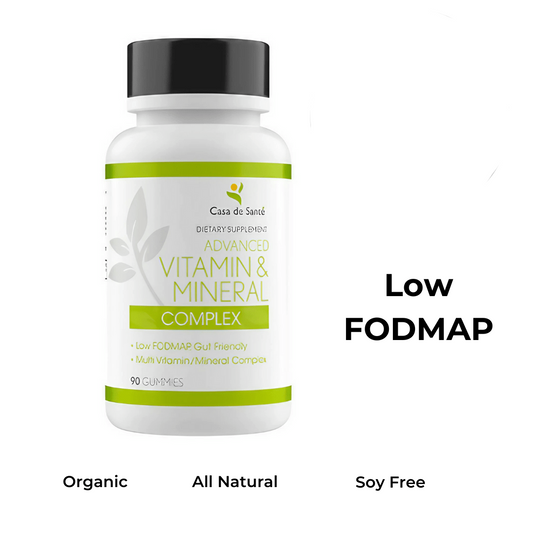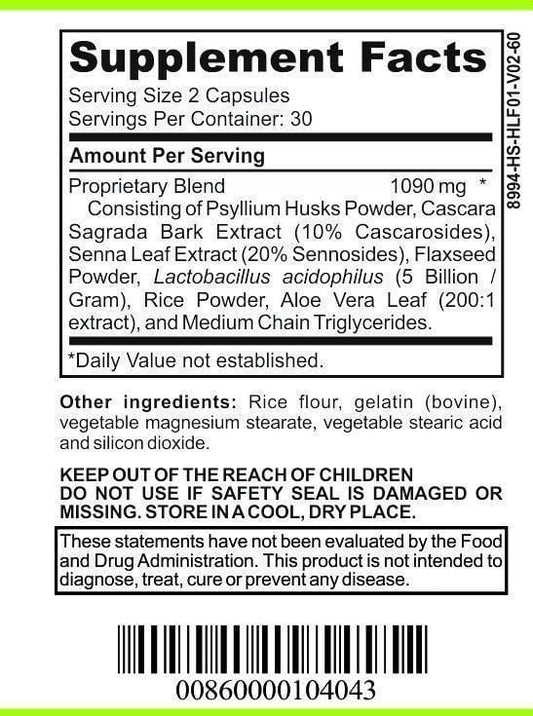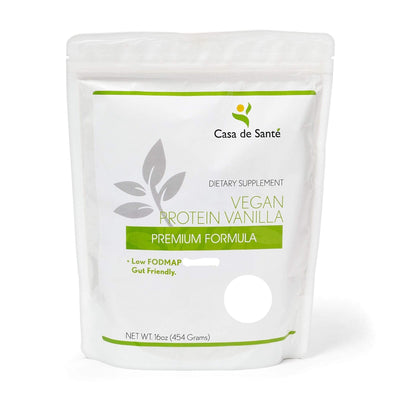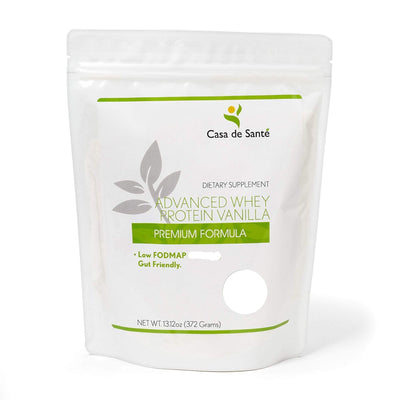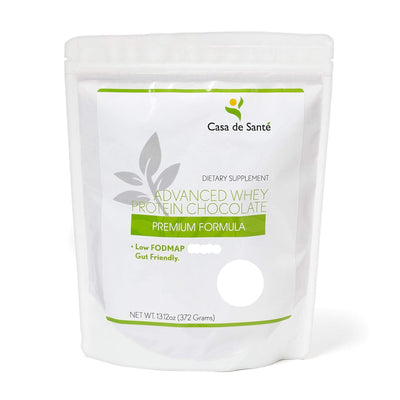How Media Powers Corporate Weight Loss Programs: Trends, Benefits, and Success Stories
Staying healthy at work isn't always easy especially when deadlines pile up and stress levels rise. I've noticed more companies turning to corporate weight loss programs to help employees stay active and motivated. These programs aren't just about shedding pounds—they're about building a culture where everyone feels their best.
Media coverage around these initiatives keeps growing and it's easy to see why. When businesses invest in employee wellness it pays off in productivity and morale. I want to explore how media shapes the conversation around corporate weight loss and why it matters for both employees and employers.
Overview of Corporate Weight Loss Program Media
Corporate weight loss program media includes news reports, expert interviews, success stories, and sponsored content that spotlight company wellness initiatives. Media outlets—such as CNBC, Forbes, and Bloomberg—cover statistics on program adoption rates, share case studies from Fortune 500 companies, and highlight best practices in employee health strategies. I see program media shaping public perceptions by showcasing company-led challenges, reward-based incentives, and digital wellness tools.
Media features commonly focus on participation data—like citing that 67% of U.S. organizations offer wellness programs (source: Kaiser Family Foundation 2023)—and return-on-investment statistics. Visual content, including before-and-after photos and video testimonials, demonstrates tangible results, reinforcing credibility. Publications often collaborate with program providers, featuring branded webinars and downloadable guides for HR professionals.
Coverage on corporate weight loss programs tends to emphasize cultural shifts inside organizations, as outlets document trends towards healthier workplaces. Media narratives frequently connect program engagement to outcomes like reduced absenteeism, higher morale, and measurable weight loss, drawing on employee interviews and CEO commentary for context. I use industry-specific publications for tracking emerging technologies—such as wearable integration and app-based coaching—that drive engagement in these initiatives.
Media also provides platforms for experts in occupational health, corporate wellness, and nutrition, who discuss evidence-based interventions and offer recommendations tailored to different sectors. Social media channels amplify program visibility, with hashtags and company campaigns gaining traction on LinkedIn and Twitter. Consistent coverage drives awareness, strengthens employer branding efforts, and positions wellness as a strategic business priority.
Types of Media Used in Corporate Weight Loss Programs
Media spreads awareness and engagement for corporate weight loss programs, creating connections between employers, employees, and wellness experts. I see organizations use multiple media channels to maximize reach and impact.
Digital Platforms and Apps
Digital platforms and apps power corporate weight loss programs with interactive tools and real-time data. I leverage web-based dashboards, wearable integrations, and mobile apps like Noom, MyFitnessPal, and Fitbit to track steps, caloric intake, or participation. Companies use dedicated portals for goal-setting, live coaching, and performance metrics, allowing flexible access from desktops and smartphones.
Social Media Campaigns
Social media campaigns drive visibility for corporate weight loss initiatives by sharing updates, milestones, and peer success stories. I notice employers using LinkedIn for professional wellness features, Instagram for before-and-after visuals, and Facebook for private support groups. Hashtags like #CorporateWellness or #OfficeFitness encourage participation and amplify messaging across employee networks.
Traditional Media Channels
Traditional media channels build credibility and reach diverse audiences with stories about corporate health transformations. I reference coverage in newspapers, business magazines, and broadcast segments on CNBC or Bloomberg, showcasing statistics, interviews, and program highlights. Print articles and televised reports often introduce company-wide results, leadership testimonials, and expert physician commentary.
Benefits of Media Integration in Corporate Weight Loss Initiatives
Media integration boosts interaction and communication across corporate weight loss initiatives. Integration connects employees, leaders, and wellness experts, driving measurable participation and visibility.
Enhanced Engagement and Communication
Media channels enhance engagement by delivering content through digital platforms, internal newsletters, and social media groups. Examples like interactive webinars, push notifications, and discussion forums let me reach diverse teams in real time. Content tailored for specific departments or teams, such as challenge leaderboards or personalized updates, improves relevance and motivates ongoing involvement. Regular feedback loops through polls or Q&A sessions help me address concerns quickly, building trust and maintaining open communication.
Real-Time Progress Tracking
Media tools enable immediate tracking of weight loss progress for employees and teams. Features like dashboards, app-based leaderboards, and automated email summaries use visuals and data to show milestones. Real-time updates allow me to share collective achievements, fostering friendly competition and public recognition. Instant access to progress details, including step counts and weight targets, lets me adjust strategies based on actual engagement, improving the overall effectiveness of the program.
Challenges and Limitations of Media in Corporate Weight Loss Programs
Media delivers broad visibility for corporate weight loss programs, yet several challenges restrict effectiveness and inclusivity. Limitations affect privacy, drive inconsistent participation and introduce management complexity.
Privacy and Data Security Concerns
Privacy exposes a major limitation when media and digital tools share health metrics. My experience shows that digital platforms often collect sensitive employee health data, which must comply with privacy laws such as HIPAA in the US. Data breaches—reported in 2023 by IBM’s Cost of a Data Breach Report with average total costs of $4.45 million—can impact employee trust and program participation. Media coverage sometimes amplifies concerns if personal stories or identifiable outcomes get disclosed without proper consent.
Varying Levels of Employee Participation
Participation varies widely among employees, even with strong media support. My observations indicate that corporate media campaigns reach some but not all demographics, with desk-based roles engaging more frequently than frontline staff. Social media and internal app usage show activity spikes mostly among already motivated individuals. Disparities stem from differences in shift work, access to required technology and comfort with public goal tracking. High engagement levels cluster within wellness advocates, while non-participation persists in segments citing privacy or workload barriers.
Notable Examples of Corporate Weight Loss Program Media
- CNBC Corporate Wellness Series: I see CNBC covering large-scale initiatives such as Johnson & Johnson’s wellness program, combining video interviews with employee testimonials. Segments highlight measurable outcomes, for example, reduced health costs and improved engagement rates, supporting their reporting with charts and executive commentary.
- Forbes Case Studies and Features: I find Forbes producing in-depth case studies on programs at companies like Google and Unilever. Articles provide program adoption statistics, leadership perspectives, and analysis of ROI, using infographics and expert columns to showcase trends.
- Bloomberg Business Insights: I observe Bloomberg sharing reports that analyze multi-year corporate health strategies at firms like IBM and Target. Reports include tables with metrics such as participation rates, absenteeism reduction, and wellness budget allocations, lending authority through data-driven journalism.
- Social Media Campaign Spotlights: I notice brands like Weight Watchers running LinkedIn and Twitter campaigns that feature real-time participant updates, employee stories, and branded video challenges. These campaigns use hashtags, such as #CorporateWellnessSuccess, to boost engagement and foster online communities.
- Company-Driven Digital Platform Launches: I see Adobe, Humana, and Aetna showcasing their weight loss platform launches via multimedia press releases on company blogs and dedicated microsites. Press content outlines program components, interactive dashboards, and success metrics, often including before-and-after visuals.
- Broadcast News Wellness Segments: I’ve watched national morning shows like NBC’s “Today” and ABC’s “Good Morning America” host segments with HR leaders and nutrition experts from Fortune 500 firms. Segments present weight loss program frameworks and highlight aggregate results in on-screen graphics.
Corporate Weight Loss Program Media Table
| Media Outlet/Type | Example Companies | Media Format | Key Features |
|---|---|---|---|
| CNBC | Johnson & Johnson | News segments | Employee interviews, outcome statistics |
| Forbes | Google, Unilever | Long-form articles | Case studies, infographics, ROI analysis |
| Bloomberg | IBM, Target | Business reports | Participation data, cost savings tables |
| Social Media Campaigns | Weight Watchers | Hashtag campaigns | Employee stories, video updates, communities |
| Company Digital Platforms | Adobe, Humana, Aetna | Press releases, blogs | Platform previews, dashboards, success rates |
| Broadcast News Segments | Fortune 500 firms | Morning TV segments | Expert interviews, program results graphics |
Conclusion
When I look at the growing connection between media and corporate weight loss programs I see a dynamic landscape that's driving real change in workplace wellness. Media coverage not only raises awareness but also inspires both leaders and employees to engage more deeply in health initiatives.
As more companies embrace these programs and leverage diverse media platforms I believe we'll continue to see innovation in how organizations support their teams. With the right balance of privacy protection and creative engagement strategies corporate wellness can become a powerful force for positive change in any workplace.


